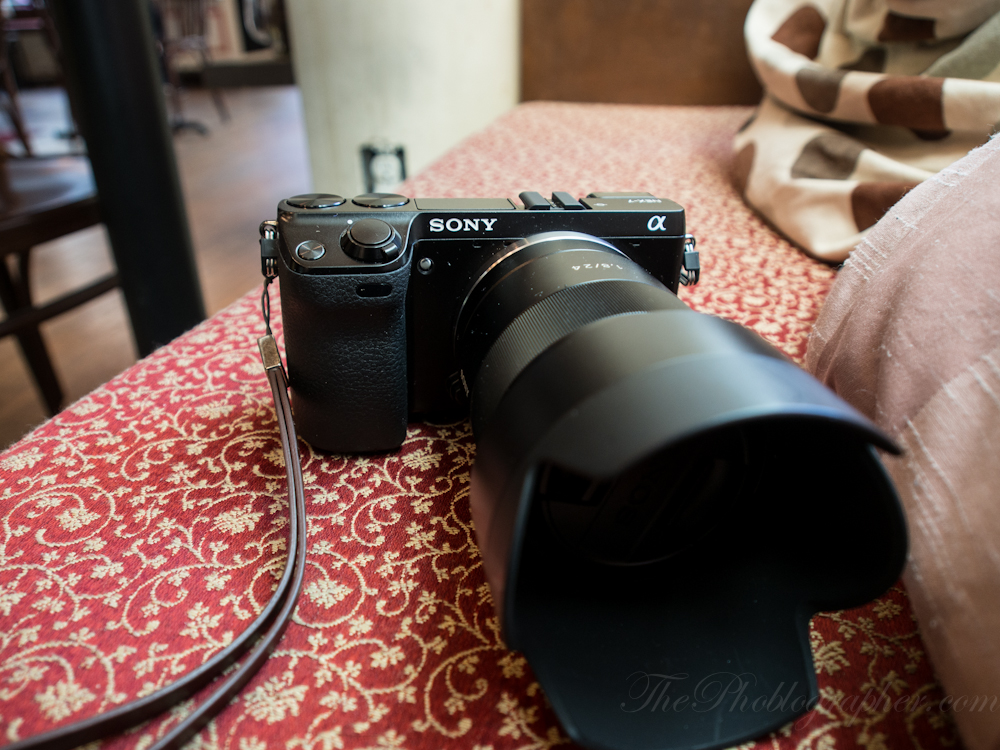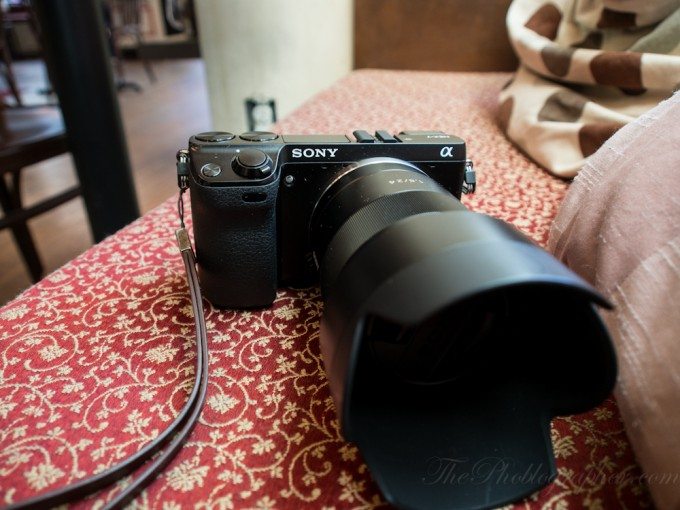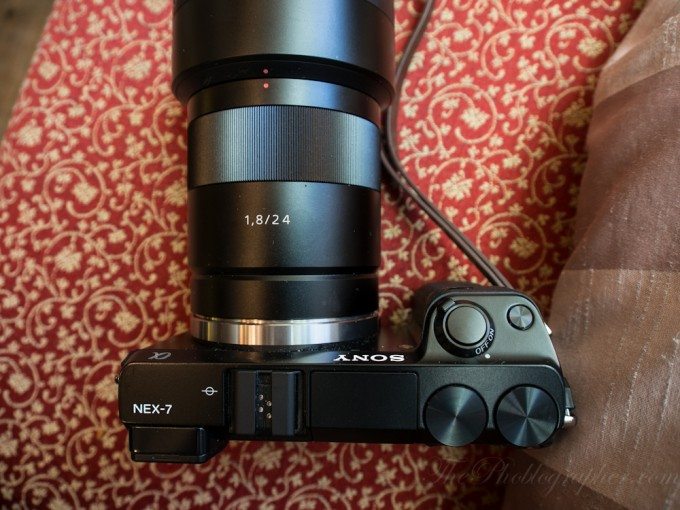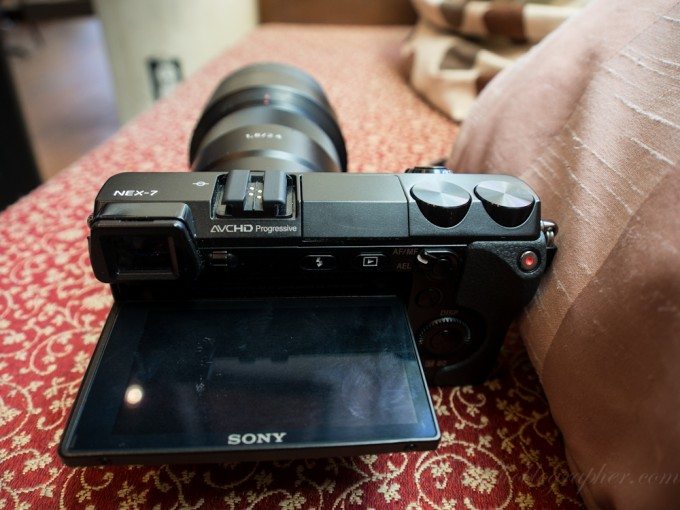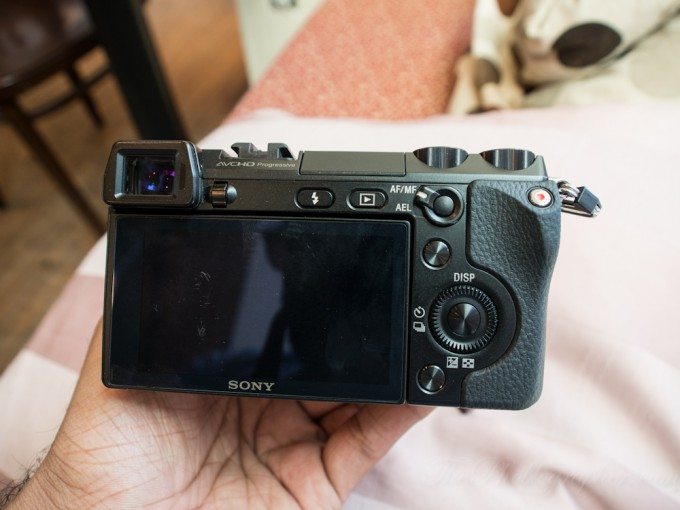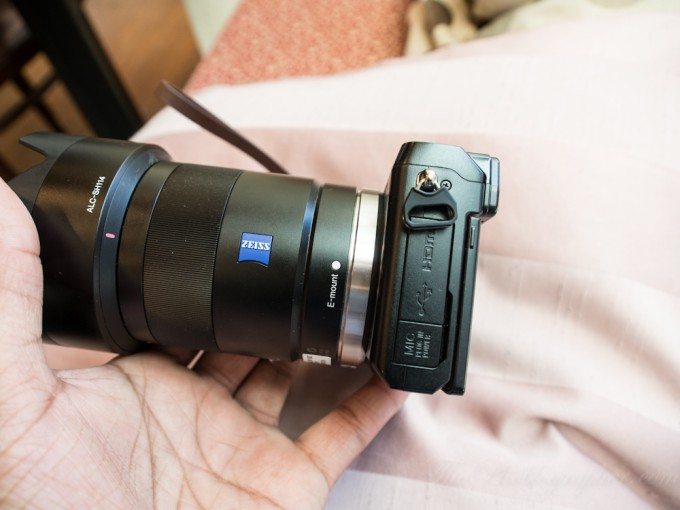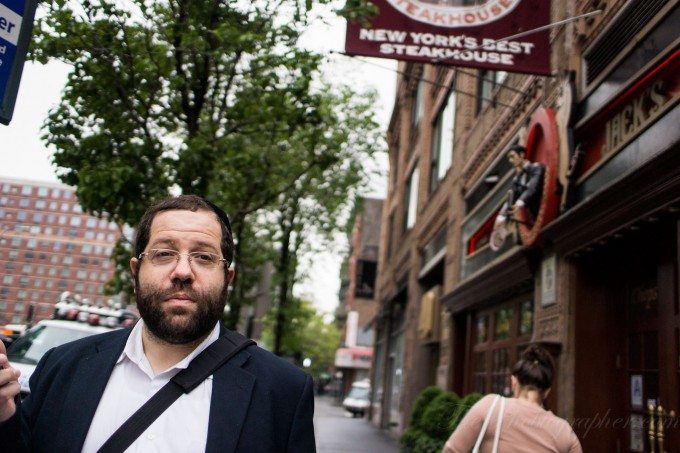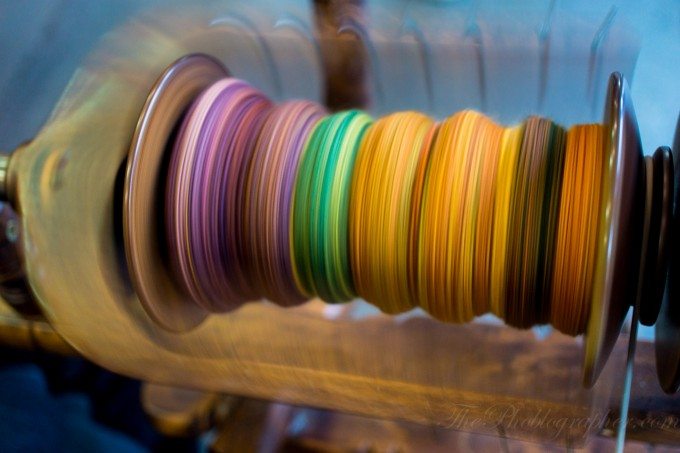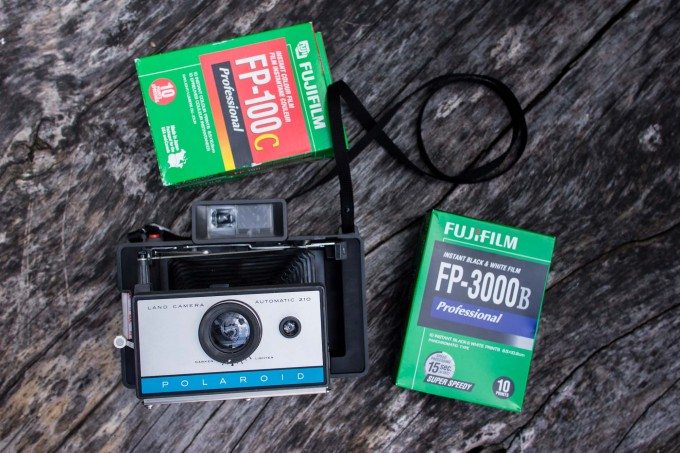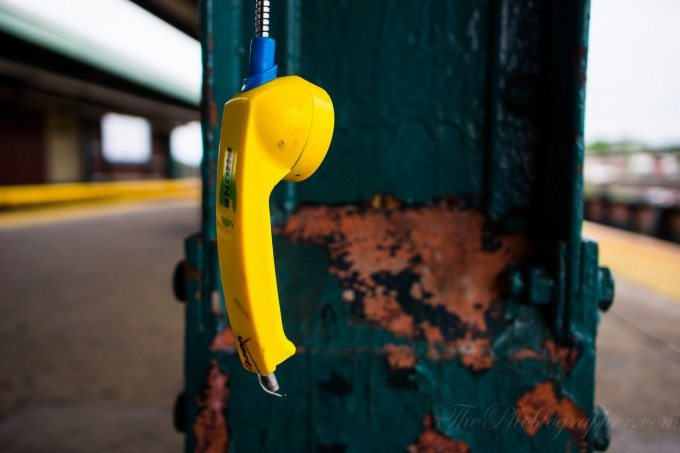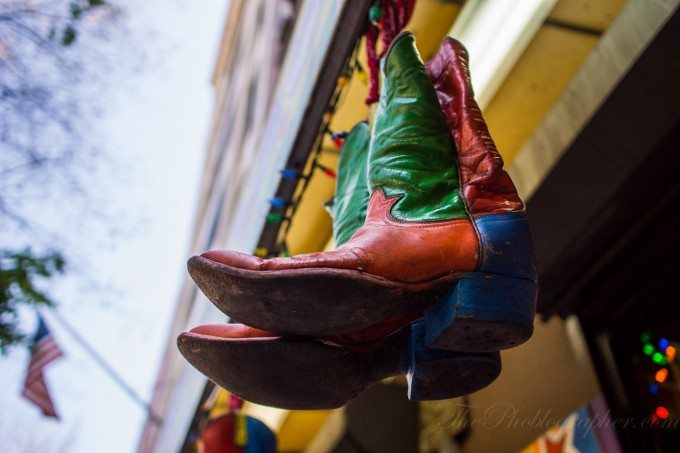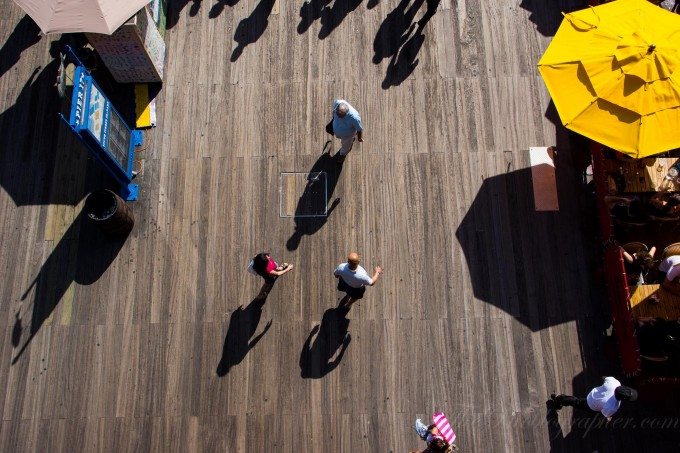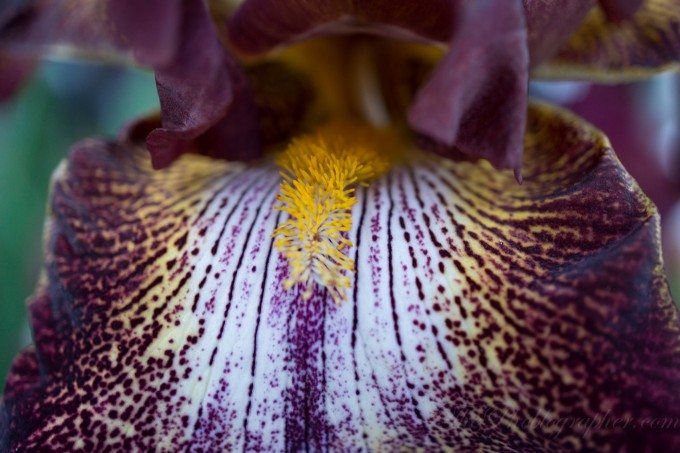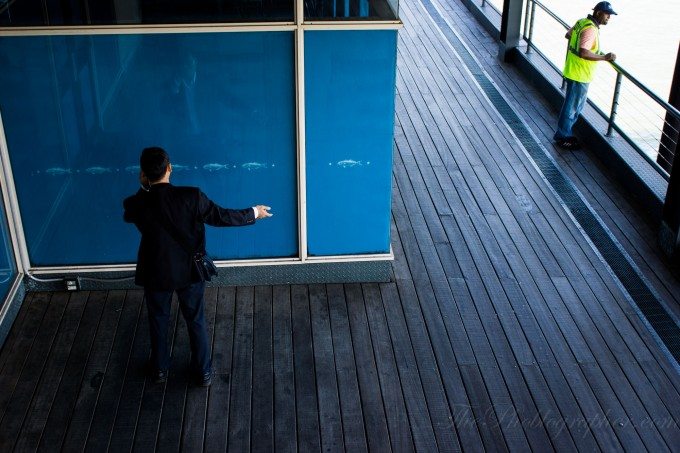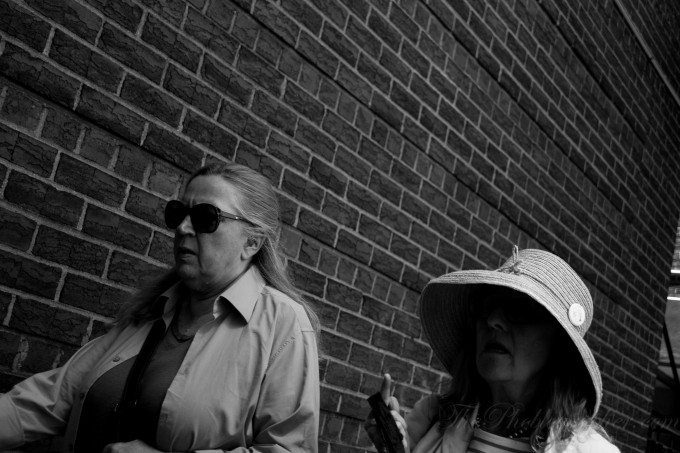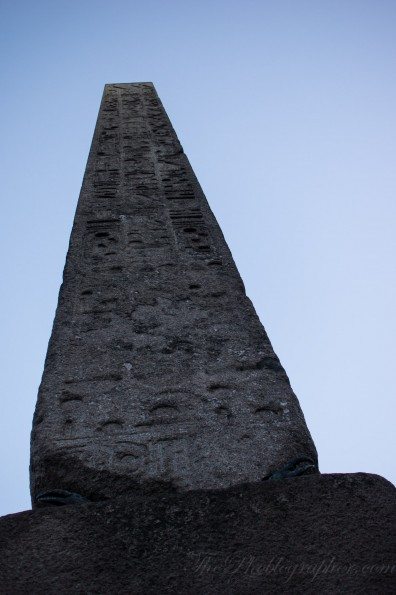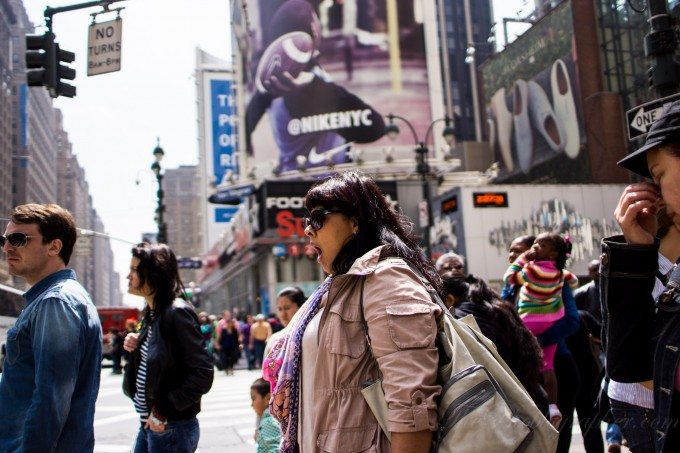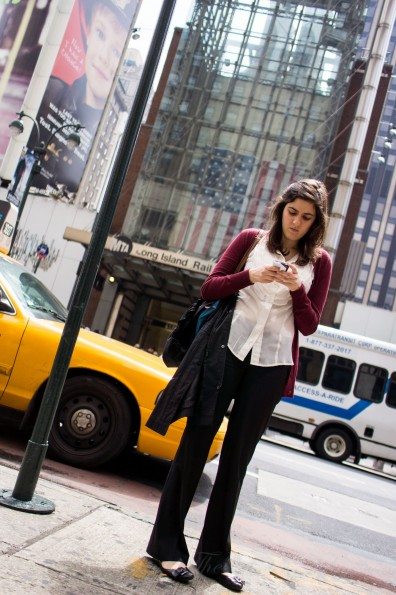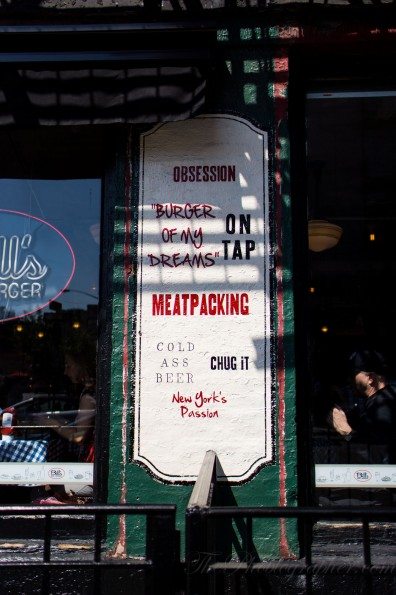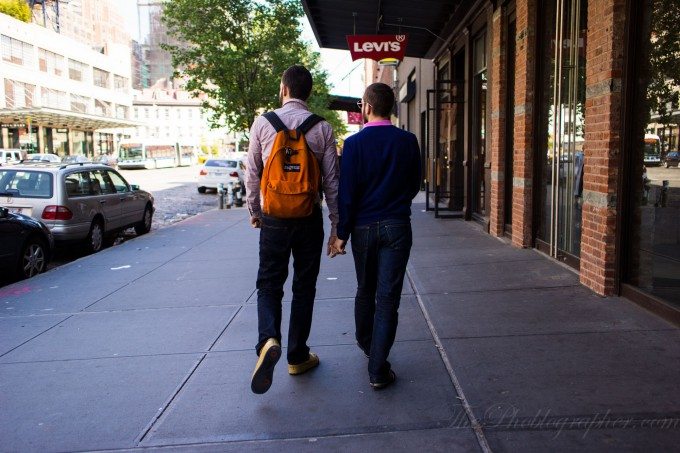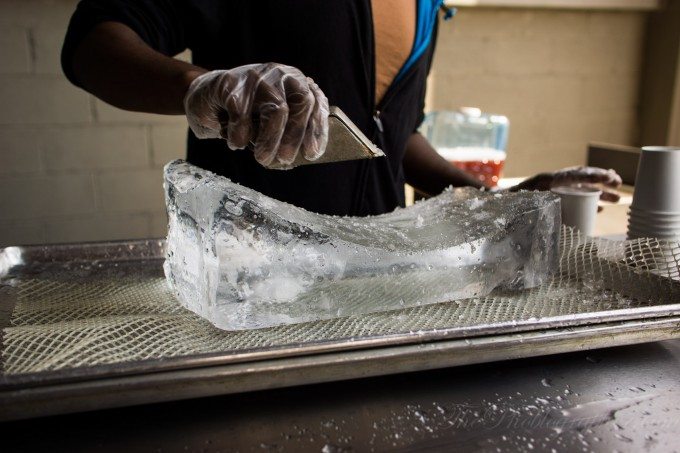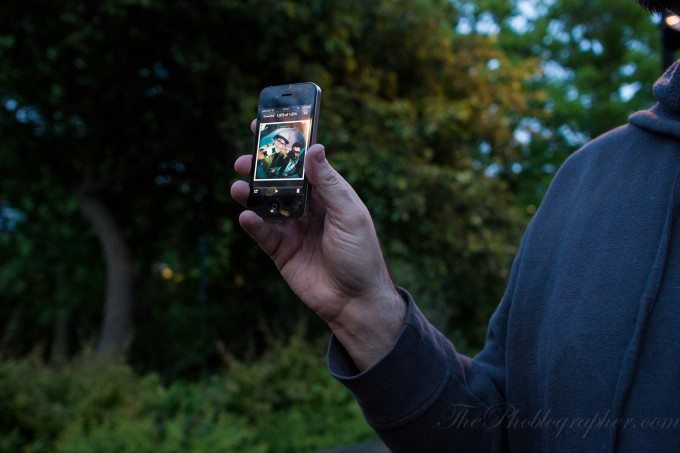We’ve been reviewing and playing with the Sony NEX 7 for quite a while now. As Sony’s flagship NEX camera, it features a whole load of bells and whistles that most professional, enthusiast and semi-professional photographers would die for.
Indeed, it also created a lot of stir when it was first announced. But is it worth it in the end?
Gear Used
Tech Specs
Take from B&H Photo’s listing of the lens
| AV Recording | |
|---|---|
| Video Recording | Yes, NTSC |
| Aspect Ratio | 4:3, 16:9 |
| Audio Recording | With Video, Stereo |
| Focus Control | |
|---|---|
| Focus Type | Auto & Manual |
| Focus Mode | Single-servo AF (S), Continuous-servo AF (C), Manual Focus (M) |
| Autofocus Points | 25 |
| Flash | |
|---|---|
| Continuous Shooting | Up to 10 fps |
| External Flash Connection | Proprietary |
| Power | |
|---|---|
| Battery | 1x NP-FW50 Rechargeable Lithium-Ion Battery Pack |
| Physical | |
|---|---|
| Dimensions (WxHxD) | 4.72 x 2.63 x 1.69″ / 11.99 x 6.69 x 4.28 cm |
| Weight | 10.3 oz / 292 g Camera body only |
Ergonomics
When coupled with a nice wrist strap, the NEX 7 is an absolutely wonderful camera that is a delight to hold and use. It starts with the shutter button up top that is also home to the on/off switch. Next to this is a custom function button. Behind all this are the two main exposure dials for aperture and shutter speed. To the left of that is the pop-up flash, followed by Sony’s proprietary hot shoe and then the electronic TruFinder.
And if you by any chance don’t want to use the viewfinder, feel free to use Sony’s flip-up screen to shoot just like people did with ground-glass: from the hip!
The back of the camera is where things can get complicated if you don’t have patience.
To the right of the viewfinder is the diopter adjustment; in practice, this actually turned quite easily. To the right of that is the pop-up flash and that is then followed by the playback button. Then there is a switch for Autofocus/Manual focus and Auto Exposure Lock. This is one of the most convenient and nice features of the camera.
Below that are the two other soft keys and then followed by the other functions. The right button is programmable. Also, the screen is not a touch screen.
The left of the camera features a USB connection port, HDMI out and a microphone jack.
To be very honest, it wouldn’t have killed Sony to add a PC Port for studio strobe control. That would’ve been awesome.
Autofocus
While I honestly loved the focusing abilities of its little siblings the NEX 5n and C3, the NEX 7 seems to have all the brains in the group. It is by far the smartest focusing camera I’ve seen and knows exactly what I want to focus on based on my composition of a subject: most of the time that is. But it is far more often than the other cameras.
If that doesn’t work, I can switch to manual focus in one touch of a button and then use peaking to focus on exactly what I need. But the face detection also works quite well when wide open at f1.8 as in the image above shot extremely candidly.
Metering
Like all other Sony cameras, the NEX 7 often metered scenes with a -1/3 rating according to a Sunny 16 test. That honestly still isn’t very bad.
Image Quality
While an absolutely easy argument can be made for a company putting way too many megapixels on an APS-C sized sensor, note that the NEX 7 still produces RAW files with a great dynamic range and with hands down the best color quality I’ve ever seen from many mirrorless camera. As I write this review, I am actually in the process of purchasing one.
There is something about the image quality right out of the camera that reminds me of both Canon and Nikon. The files have Nikon’s general sharpness but are mixed in with Canon’s subtle color tonality depth. Mix into all of this the fact that Sony has their own unique color balance system that renders images either warm or purplish, and you’ve got yourself an extremely interesting mix that reminds me of the color capable of large format Kodak Portra or large format direct positives.
I also used the camera on a product shoot for Gear Patrol, so stick around for that!
Here are a bunch of other sample images; we’ll let you speak for yourself on this one.
This image originally had the highlights very blown out and with too much detail overall. I was able to recover the sky and add more contrast in Lightroom 4: therefore helping me to create an image that looks like there was diffused lighting from the clouds.
Ease of Use
After acquainting yourself with the camera for a bit, using it will become second nature. For the most part, you’ll only worry about three dials (or two depending on your settings) and then you’ll choose to either shoot with the viewfinder or LCD screen. But the camera is extremely ease to use for street photography and casual shooting.
At certain times though, it might not necessarily focus on exactly what you want: such as in the photo above where the camera focused on the ice. I actually wanted the man’s hand, but it couldn’t do that. For the most part, single AF is my go to mode vs continuous. I also use multi-focus points vs flexible or single.
And still, it did create a wonderful photo.
Something that I absolutely love about the camera is how small it feels yet isn’t overbearingly tiny. It feels great in my hands and has a very modern ergonomic layout to it. It also works great for shooting from the hip.
Combined with just how incredibly fast the NEX system autofocuses, this camera seems like a no-brainer for so many things and in various situations.
High ISOs
In general, the NEX 7 and 24mm f1.8 were able to tackle almost any extremely low lit situation in terms of both image quality and focusing. I was almost never afraid to crank up the ISOs.
All of the RAW files are easily edited to get rid of any noise using Lightroom 4. As it stands though, most of the noise looks like extremely small, tight grain film.
With that said, I barely ever encountered a major problem with the image noise: with the above photo even being shot at ISO 3200. Not bad for an APS-C sensor with lots of pixels crammed onto it.
Video Capture
I shot the above video for our site using the NEX 7. Not much post-production was done sans cutting video, stitching, and conversion to a more workable file type.
Conclusion
The Sony NEX 7 has a ton going for it. It captures some stunning images, has excellent image quality, is versatile enough for most street photographers, portrait photographers and others, has great colors, easy to edit raw files, and also even captures excellent video. One of the major critiques is the lack of enough lenses, but in truth you have to look at it this way:
– We already have the key focal length primes: 16mm, 24mm, 30mm and 50mm. Plus Sigma has their own offerings and one can adapt Alpha lenses to the system.
– There aren’t many zooms but they are coming.
With adapted lenses, the NEX system has the best manual focus system by far with its peaking. Besides this though, the build quality of the NEX 7 is superb.
If I really had to make any complaint at all about this camera, it would be Sony’s continued use of their proprietary hot shoe and that the menus can sometimes still be a bit confusing. A touchscreen would have also been a nice addition as in the Olympus OMD EM5, but that is really just more for convenience than anything. This camera overall rocks.
And I’ve even go so far as to purchase one after selling both my Canon 7D and Nikon D5100.
At this point in the game, I see almost no reason to buy an APS-C DSLR; so my 5D Mk II is the old faithful that remains to be the only DSLR in my possession right now.
Please Support The Phoblographer
We love to bring you guys the latest and greatest news and gear related stuff. However, we can’t keep doing that unless we have your continued support. If you would like to purchase any of the items mentioned, please do so by clicking our links first and then purchasing the items as we then get a small portion of the sale to help run the website.


